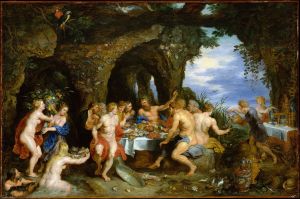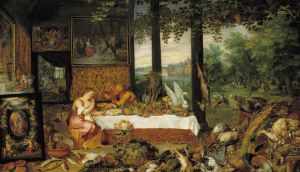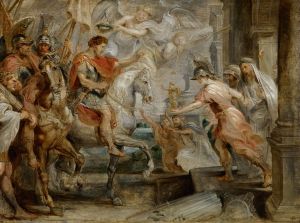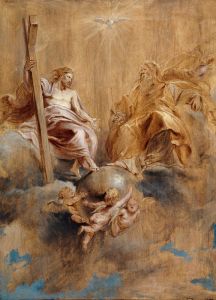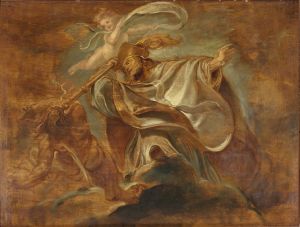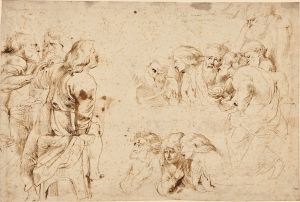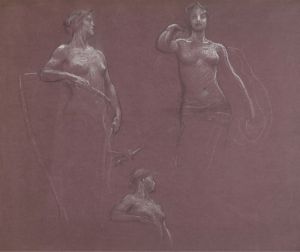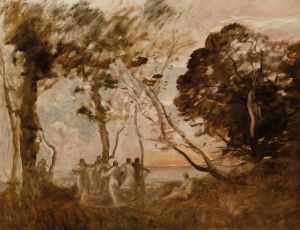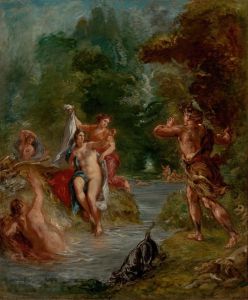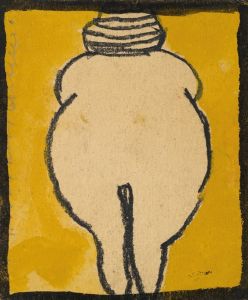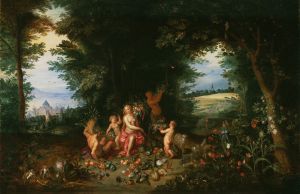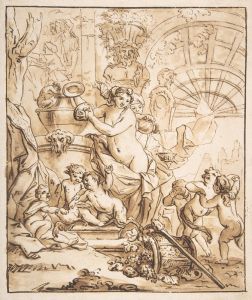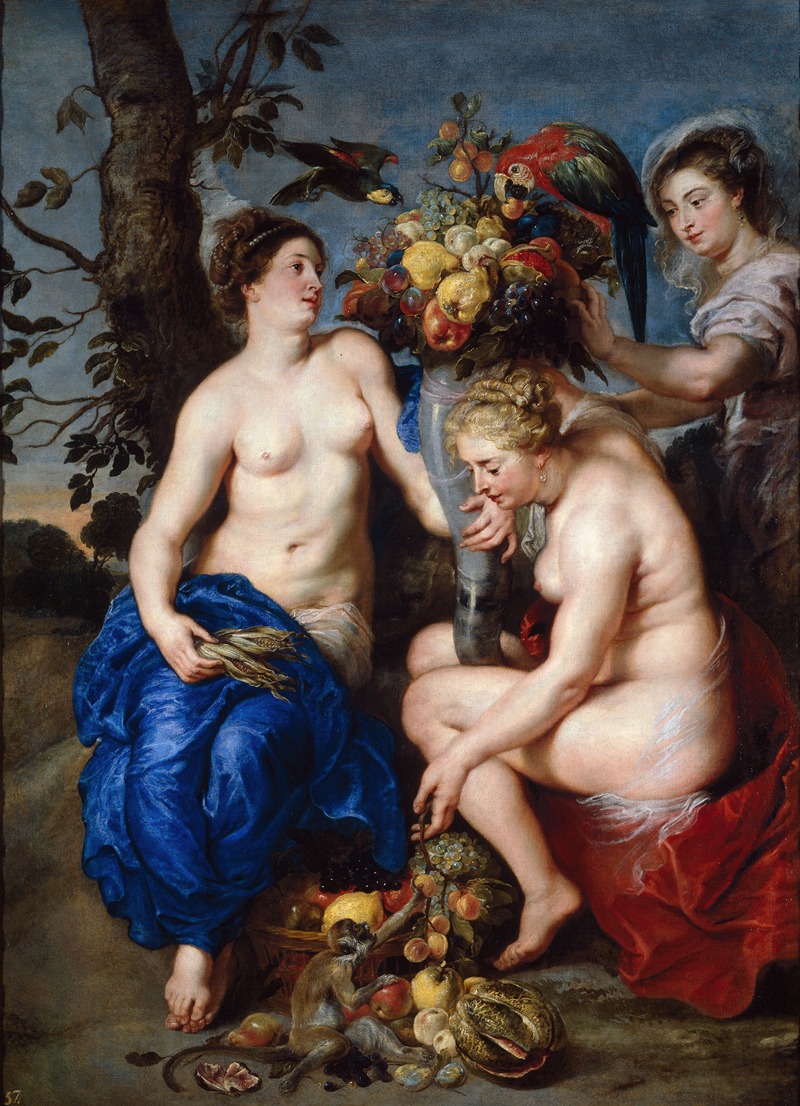
Ceres With Two Nymphs
A hand-painted replica of Peter Paul Rubens’s masterpiece Ceres With Two Nymphs, meticulously crafted by professional artists to capture the true essence of the original. Each piece is created with museum-quality canvas and rare mineral pigments, carefully painted by experienced artists with delicate brushstrokes and rich, layered colors to perfectly recreate the texture of the original artwork. Unlike machine-printed reproductions, this hand-painted version brings the painting to life, infused with the artist’s emotions and skill in every stroke. Whether for personal collection or home decoration, it instantly elevates the artistic atmosphere of any space.
Peter Paul Rubens, a prominent Flemish Baroque painter, created the artwork Ceres with Two Nymphs. This painting exemplifies Rubens' mastery of dynamic composition, vibrant color, and the depiction of mythological themes, which were central to his oeuvre. The work portrays the Roman goddess Ceres, associated with agriculture, fertility, and the harvest, accompanied by two nymphs. The figures are rendered with Rubens' characteristic attention to anatomical detail and a sense of movement, reflecting his deep understanding of classical art and Renaissance influences.
The painting is believed to have been created during Rubens' mature period, a time when he was highly sought after by European patrons for his ability to combine classical themes with the dramatic and emotional intensity of the Baroque style. In this work, Ceres is depicted in a lush, natural setting, surrounded by symbols of abundance such as fruits and grains, emphasizing her role as a deity of fertility and the earth's bounty. The two nymphs, often interpreted as attendants or companions, enhance the composition's sense of harmony and balance.
Rubens' use of light and shadow in Ceres with Two Nymphs demonstrates his skill in creating depth and texture, bringing the figures and their surroundings to life. The painting also reflects his interest in mythology and his ability to convey complex narratives through visual art. The sensuality and vitality of the figures are hallmarks of Rubens' style, showcasing his ability to celebrate the human form while imbuing it with a sense of divine presence.
The exact circumstances of the painting's commission and its original location are not definitively documented. However, Rubens frequently worked on mythological subjects for private collectors and aristocratic patrons, suggesting that this piece may have been intended for a similar audience. Today, Ceres with Two Nymphs is recognized as an example of Rubens' ability to blend classical themes with the dynamic energy of the Baroque period.
Further details about the painting's provenance, dimensions, and current location are not readily available in historical records. As with many works by Rubens, the painting reflects the broader cultural and artistic trends of the 17th century, particularly the fascination with classical mythology and the celebration of nature's abundance.






